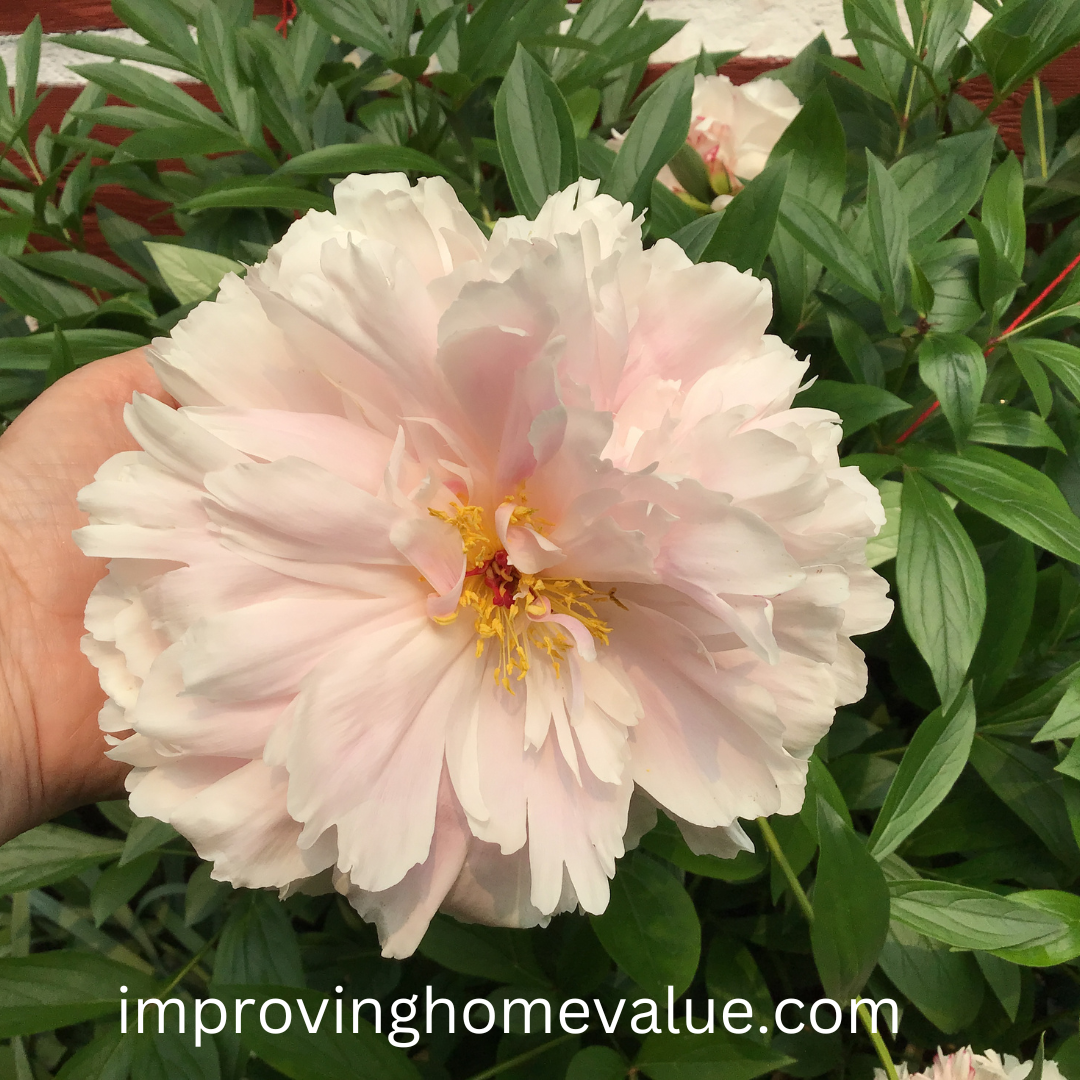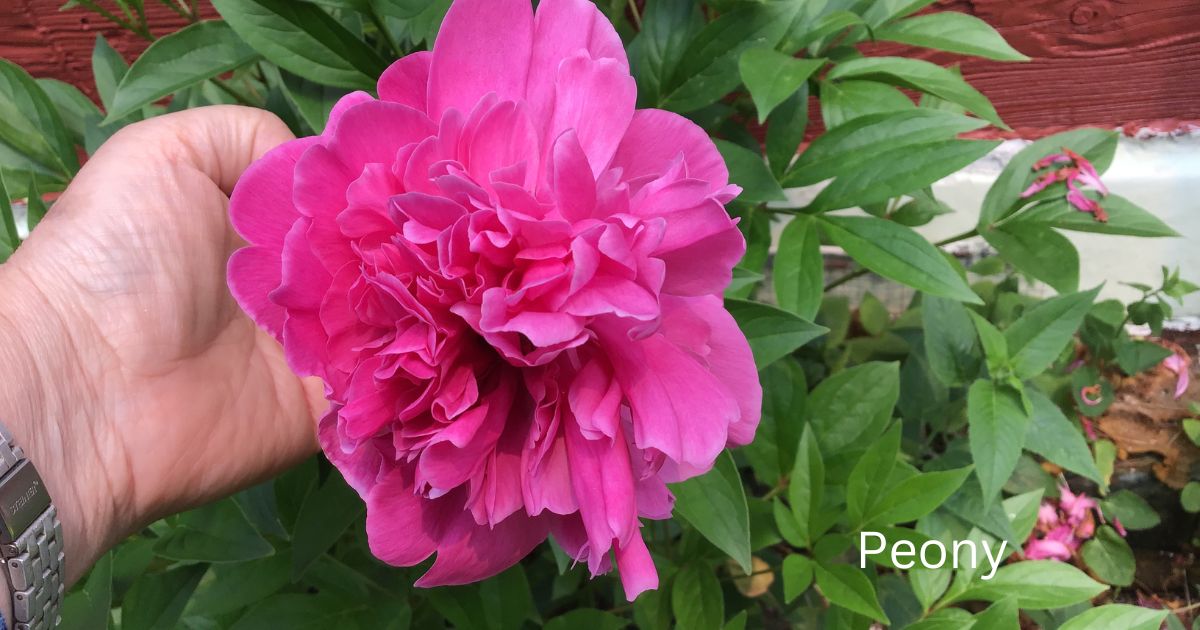Peonies love the sun like I love a good cup of coffee in the morning. They need at least six hours of sunlight each day to really show off their blooms, so pick a spot with plenty of direct sunlight. If you live somewhere that gets really hot, a bit of afternoon shade won’t hurt. It helps keep those petals from wilting away under the fierce sun.
Let’s talk soil—nothing fancy, just well-draining soil that helps peonies thrive. These plants are a bit picky about soil, so aim for loamy, rich dirt with a neutral to slightly acidic pH, around 6.5 to 7.5. If your garden soil isn’t quite up to snuff, mix in some compost or well-rotted manure to give it a boost.
Watering? Peonies aren’t needy, but they do appreciate about an inch of water each week, especially during dry spells. Morning watering is your best bet. It gives the plants plenty of time to dry out under the sun, which helps prevent mold and mildew. Avoid getting the leaves wet, as that can invite diseases.
Creating the right environment is like setting up a cozy home—they’ll flourish in conditions just right for them. Ensure there’s enough space for air to flow between the plants, which can help keep pests and diseases at bay. Too much crowding will make them compete for sunlight and can cause issues down the line.
The Perfect Timing and Placement for Planting Peonies
Peonies have a particular window for planting, and timing is everything. Somewhere around late September to early November is their sweet spot for planting. Cooler soil temps help peonies establish roots before winter sets in. If you’re in a milder climate, early spring isn’t off the table, but fall’s definitely the prime pick.
Choosing the right spot is like house-hunting for these beauties. Make sure there’s plenty of direct sunlight and enough room for them to spread their wings. Peonies don’t like to be shifted around once they’ve settled, so pick a spot that can be their forever home.
Prepping the soil before planting is a game-changer. Digging deep and loosening the soil helps the roots dig in and spread. Adding organic matter like compost or well-rotted manure not only enriches the soil but also boosts drainage, ensuring roots don’t sit in water. Peonies are pretty self-sufficient once they’re in the ground, but giving them a good start sets them up for success.
Thinking long-term? It’s smart to consider the plant’s future growth. A mature peony can spread about three feet across, so leaving some space between each plant is crucial. They’ll appreciate the elbow room, and you’ll get fuller, healthier blooms without the competition for nutrients and light.
While peonies are pretty hardy, sudden frosty spells can catch them off guard. A light layer of mulch over the soil in the first winter can protect them from cold snaps. Be sure to remove it when the weather warms up in spring, letting the soil breathe and the sun warm it up.

Exploring Colorful Varieties and Maintaining Healthy Peonies
Peonies come in a variety of colors, and choosing the right ones can make an impressive statement in your garden. From the classic whites and pinks to deeper reds and corals, there’s a shade that’ll complement any garden theme. Each variety has its own blooming time and style, which means they can add life to your space in waves.
Keeping peonies healthy means knowing what pests and diseases might show up uninvited. While they’re tough plants, a damp environment can attract issues like botrytis blight. Keeping the area tidy and ensuring good airflow is your best bet to ward off these problems. If pests make an appearance, opting for eco-friendly pest control methods keeps your garden healthy.
Now, about those ants. There’s a common myth that ants help peonies bloom, but really, they’re just after the sweet nectar on the buds. The good news? They’re harmless to the plant, and you don’t need to worry about them.
When it comes to deadheading or pruning, it’s a simple process. Once the peony blooms start to fade, it’s time to come along with some clean shears and remove the dead flowers. This keeps your plant tidy and encourages better blooms next year.
Lastly, creativity goes a long way in planning your peony landscape. Using their diverse colors and forms, you can design a patch that looks vibrant from early spring to late summer. Whether you’re mixing them with other plants or setting up a solo display, peonies can be the highlight of your garden.
